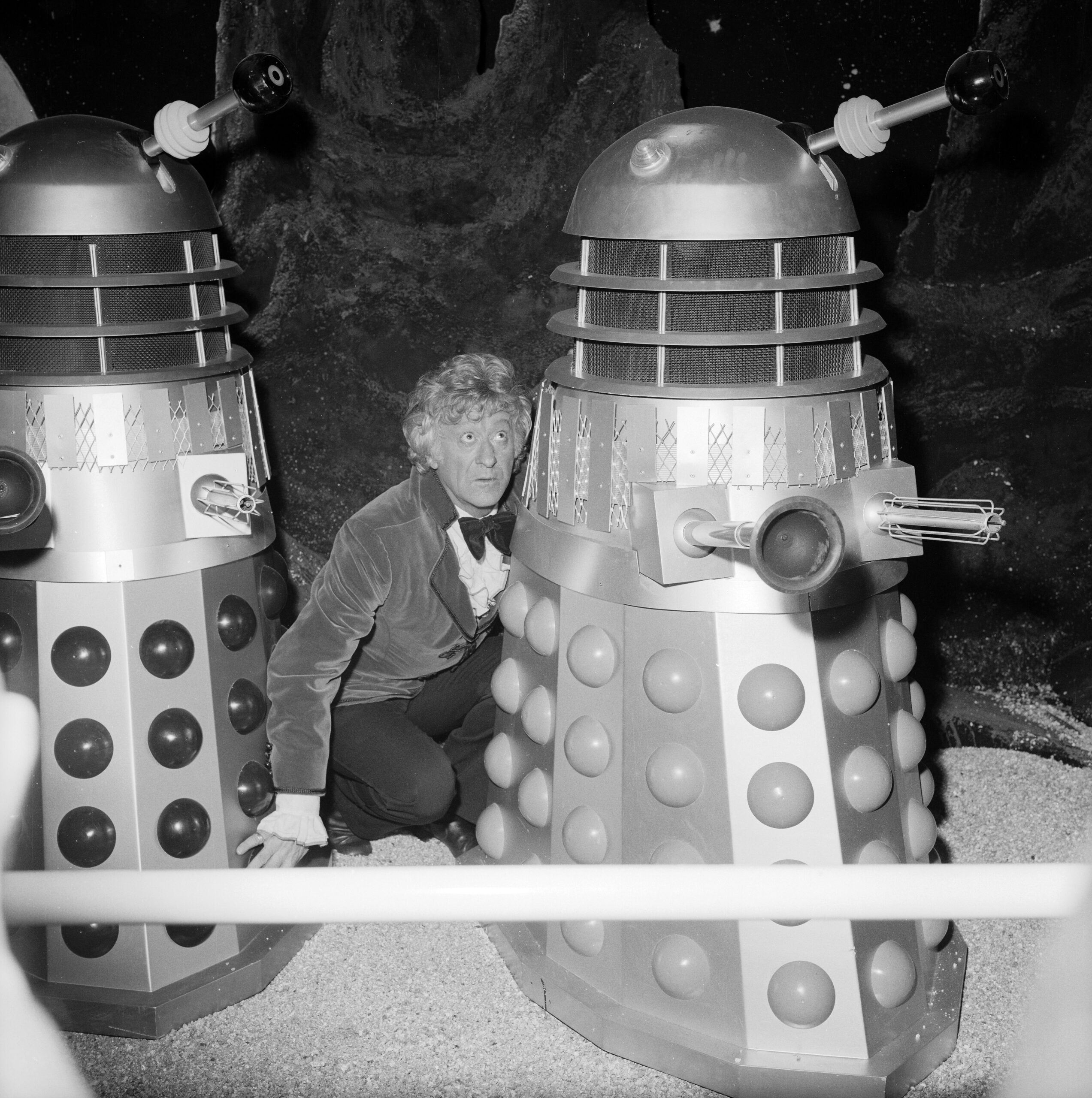As Doctor Who celebrates the landmark of its 60th anniversary, it seems appropriate for the Science Museum to mark the occasion with an object which celebrates the fans who sustained this iconic show through its many highs and lows. Fans are the lifeblood of any creative endeavour, but this is particularly powerful point for science fiction: were it not for the continued enthusiasm from fans then Doctor Who might have died never to be regenerated after initially leaving the air in 1989, or after the underperforming TV-movie in 1996 (starring the criminally underrated Paul McGann).

The sustaining action of science fiction fans takes many forms, from supporting stories in other mediums (if you’re not already familiar with the audio adventures of the Doctor then do check out the Big Finish productions which went no small way to indicating the size of a potential audience to BBC executives in the years leading up to the TV series’ 2005 revival), to dressing up as their favourite characters and constructing their own props. So, with that in mind, please pull on your cricket jumpers or your long scarves and come and visit our very own fan-built Dalek.
The arch-nemesis of the Doctor surely needs no introduction, nonetheless: The Daleks are a race of aliens intent on exterminating all life in the universe. As any fan will be able to tell you, they are not robots, but actually cyborgs: soft, frail and tentacled aliens who rely on their pepper-pot style battle tanks to move around, manipulate their environment, and wage war. Created by writer Terry Nation and BBC designer Raymond Cusick they made their debut in the show’s second ever storyline which was serialised into seven episodes aired between December 1963 and February 1964. Much has been written about the genocidal nature of the Daleks, and how powerful this was for viewers in a Britain which, less than twenty years after VE day and the Nuremberg trials, still very much carried the scars of the Second World War. These parallels have only become more explicit as the Daleks have continued to appear, most notably in the now iconic “Genesis of the Daleks” storyline (1975), starring Tom Baker as the Fourth incarnation of the Doctor, in which we are introduced to the mad scientist, Davros, who created the Daleks through genetic as well as mechanical engineering to be a remorseless master race.
There is no doubt that their chilling backstory and ruthless motivations contribute to their enduring popularity with fans. There is also the terrifying voice, provided since the year 2000 by actor Nicholas Briggs and created using a ring modulator to distort his voice, in much the same way Brian Hodgson of the BBC Radiophonic Workshop originally did in 1962 for the actor David Graham. But what truly captures the imagination is the iconic Raymond Cusick design. Cusick was given the task of designing the Daleks after another BBC designer, Ridley Scott (yes that Ridley Scott), couldn’t do it because of scheduling conflicts. The pepper-pot shape was designed to hide any visible means of movement and give the creatures a more mysterious air, very different to the “bug eyed monsters” filling most science fiction at the time, the specific shape also allowed the operator to be seated inside. Every Dalek features a single cyclopean eye–stalk, and the most recognisable configurations have the terrifying death ray (which may resemble a whisk), and the enigmatic manipulator arm (which definitely resembles a toilet plunger). Throughout the sixty years of the show’s existence the Dalek design has evolved and changed, but its core principles and most successful iterations have remained true to Cusick’s timeless design.

Along with the Doctor’s equally iconic TARDIS, the Dalek is a firm favourite construction project for fans and has been since they first appeared, inspiring people’s creativity and technical innovation at home. Indeed, building your own Dalek became such a recognised rite of passage for fans that the BBC issued official instructions on how to build your own as part of a Radio Times special issue celebrating the tenth anniversary of Doctor Who in 1973. The article suggested that the project would be particularly good ‘as an exercise for a well-equipped school, using the resources and facilities of several departments- woodwork, metalwork, art and so on.’ The practicality of the design was tested by students of London’s Highbury Grove School (now City of London Academy Highbury Grove): ‘With help from their staff, they produced [a] magnificent black-and-orange specimen in two weeks, at a cost of £12’, which is a considerable saving on the approximately £250 the 1963 originals cost: although the Radio Times models were designed to be static, not operational TV props. Either way, I suspect it would cost a little more now.

The Dalek you can see in the museum is not that old, but it is nonetheless a product of the same love for Doctor Who and the ingenuity of fans as builders and engineers. Temporarily on display in the Science Museum’s West Hall near to the Bepi Columbo engineering model and the IMAX ticket desk, our Dalek is striking in its red and black livery. Built by the workshop team at the National Science and Media Museum in Bradford some twenty years ago, this sinister presence menaced the museum’s foyer serving double duty as a mascot and a donation box. It was later refurbished with a new sink plunger, a working voice, and indicator lights salvaged from an old Mini Cooper. It was eventually removed from display to live in the museum’s back offices, before reappearing to welcome visitors to our 2022/3 Science Fiction exhibition queue.

You can visit the Dalek until Wednesday 3 January 2024, and there’s plenty more Doctor Who content to explore: from the 1960s toy Dalek who features in the Making the Modern World gallery, to the story of how our conservation team worked to preserve a Cyberman and Dalek, and even more under our Doctor Who blog tag.
The post Building for the Fans: Daleks and Doctor Who appeared first on Science Museum Blog.
